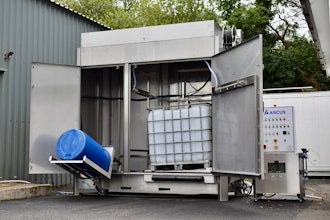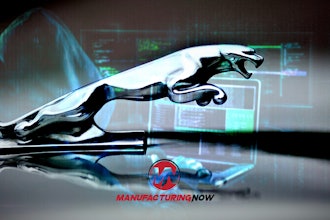
Product manufacturing is always a complicated process regardless of the industry or niche. Manufacturers have countless variables to consider, ranging from material sourcing to personnel management. And that’s to say nothing of external factors, over which manufacturers typically have little or no control: economic trends, political disruptions, shifting consumer preferences, and the list goes on.
The most successful manufacturers are proactive and innovative in addressing these challenging factors. It’s that forward-thinking spirit that will help the best manufacturers survive and thrive in decades to come.
On the Importance of Agile Product Planning
Every manufacturing company naturally desires to respond to internal and external complications quickly and decisively. Historically, manufacturing companies have worked by creating nearly finished prototypes, testing them, then making small tweaks or adjustments before taking the product to market. In today’s landscape, this sluggish model is no longer an option. Innovation happens at a breakneck pace, and successful manufacturers have to be more adaptable, responsive, and prepared to introduce new features.
Enter agile product planning. This approach to product planning gives manufacturers the dexterity needed to remain innovative and competitive. Here’s how it works: First, the company produces a minimum viable product (MVP) to test and gain feedback. Other parts, features, and add-ons are then developed and tested. This approach allows for revision and improvement during product development, not just after the fact. And it’s much quicker and more affordable to fine-tune an ancillary part or a small component instead of rethinking the entire product.
Increasing Agility in the Manufacturing Sector
The appeal of agile product planning is easy to see, but what practical steps can manufacturers take to increase their internal agility?
For many of today’s manufacturers, the answer is to take a hybrid approach, gradually building more agility into their processes without disrupting their production completely. A good starting point is simply to develop a base product platform.
For an example of what this actually looks like, look no further than to the automotive industry. Anyone who has recently purchased a car knows that manufacturers tend to offer a “base” model, then more sophisticated models with extra whistles. This approach creates more consumer choice (and allows manufacturers to reach customers from wider price ranges) and innately brings agility to the production process.
Using the Right Tools
It’s one thing for a manufacturer to gesture toward agility, but something else altogether for them to realize greater agility. It’s imperative to use the right set of tools to implement some of the principles of agile product planning.
Communication tools are especially important. Consider that, in the agile product planning process, new information about a product can emerge pretty rapidly throughout the testing phase. In some cases, user feedback may result in a tiny component tweak that doesn’t affect the rest of the product; but in other cases, changes may be more large-scale and disruptive.
Manufacturers must prevent information silos, communicating necessary changes to all departments and personnel. In particular, it’s crucial to provide teams with a single source of truth, as opposed to having myriad, conflicting documents or files for personnel to work from.
In short, proper communication and data-sharing technologies are critical for successfully implementing agile product planning methods.
Agility Goes Beyond Product Development
One final note: The agility mindset goes well beyond the actual development of a physical product. Creating an agile environment can also help marketing, sales, and customer experience teams to be nimbler and more responsive, drawing from that same single source of truth to properly convey the most up-to-date value propositions and specs.
What’s more, developing the kind of communication and collaboration tools required for agile product development enables all team members to work more efficiently, to think more strategically, and to be more comfortable iterating and innovating within a fast-paced, ever-changing environment.
In short, a shift toward agility helps manufacturers to be stronger and more competitive in every way. It’s a necessary step for any manufacturer seeking to navigate an uncertain future.
Take the First Step Toward a More Agile Manufacturing Environment
Finding the right toolset is key for manufacturers wishing to become more agile. Any manufacturer can lay a foundation for a more nimble and resilient future by making early investments in product roadmap and communication technologies.























